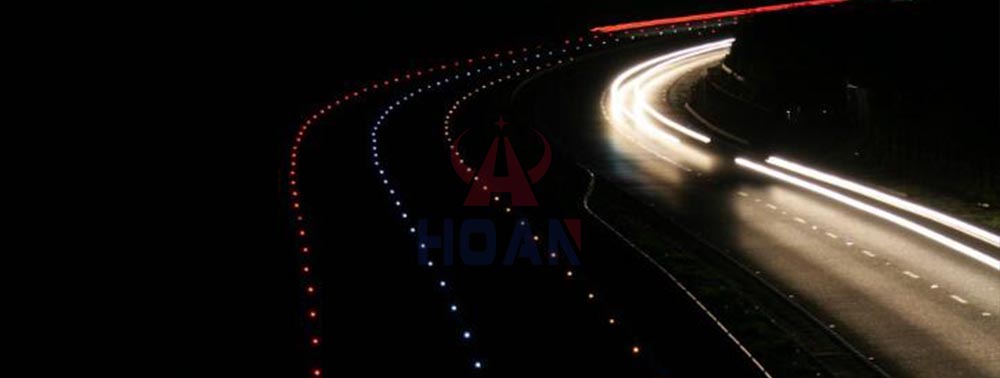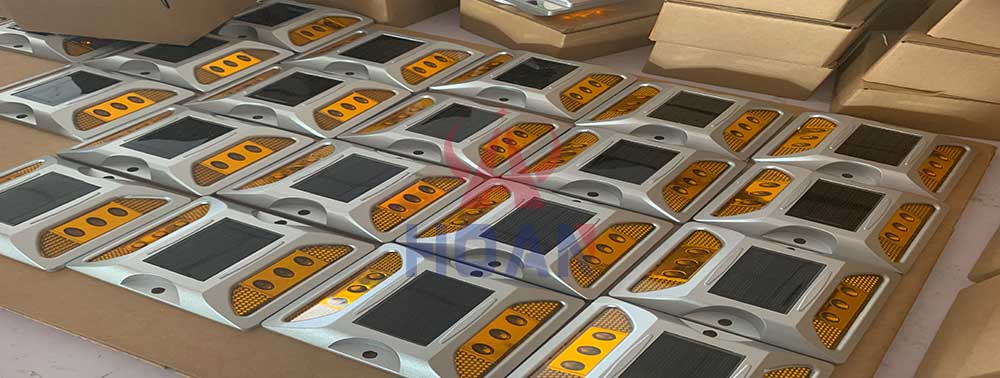Reflective Road Studs require no external power supply and rely solely on vehicle lights for passive illumination. This energy-neutral method of illumination not only reduces energy consumption, but also reduces environmental pollution. In today's world of green transport and sustainable development,
Reflective Road Studs' environmentally friendly features are particularly important.

At the same time,
Reflective Road Studs are relatively inexpensive to install and maintain, which is an important factor in their continued safety. Thanks to their simple structure and ease of installation,
Reflective Road Studs can be laid on a large scale in a short period of time, quickly improving road safety. And, thanks to their durability and low maintenance requirements,
Reflective Road Studs maintain their highly effective reflective effect over the long term, reducing the risk of safety hazards caused by poor maintenance.
 Reflective Road Studs
Reflective Road Studs also play an important role in responding to emergencies and unforeseen circumstances. At night or in bad weather conditions, road visibility is reduced and drivers and pedestrians can easily get into trouble. The
Reflective Road Studs' bright reflectivity can guide rescue vehicles and personnel to the scene of an accident quickly, improving rescue efficiency and reducing casualties and property damage.
In addition,
Reflective Road Studs are used to show special attention to pedestrians and vulnerable traffic participants. By improving the illumination and warning effect of the road,
Reflective Road Studs can alert drivers to the presence of vulnerable traffic participants such as pedestrians and bicycles, thus avoiding or reducing collisions caused by poor visibility.

In summary,
Reflective Road Studs offer significant advantages in enhancing road safety. They provide a strong guarantee of traffic safety on the roads of Cyprus towns and cities through their high reflective efficiency, environmental friendliness and energy saving, low cost of maintenance and their ability to cope with emergencies. These benefits are not only seen in everyday driving, but also in emergency situations, ensuring the safety of drivers, pedestrians and other traffic participants.


